Choosing a portable scanner
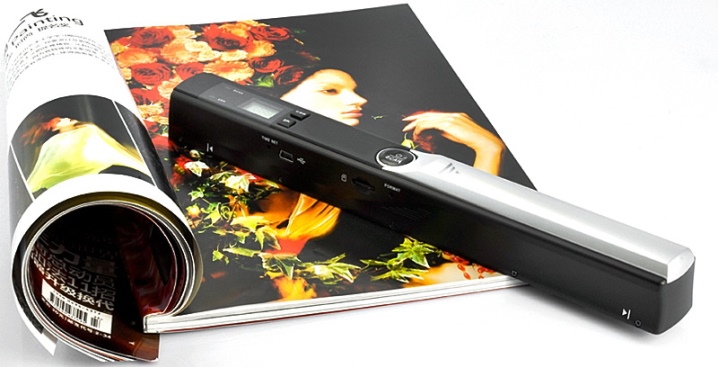
Buying a phone or TV, computer or headphones is a common thing for most people. However, it must be understood that not all electronic devices are so simple. Choosing a portable scanner is not easy - you have to take into account many subtleties and nuances.
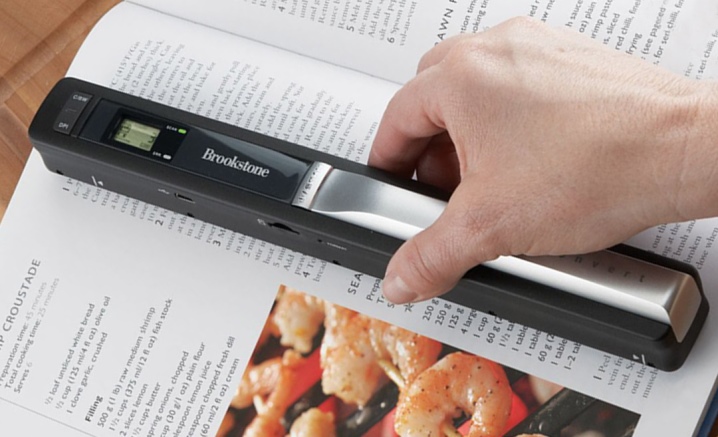
Peculiarities
In general, almost all people understand what a scanner is. This is a device for removing information from paper and some other media, digitizing it and transferring it to a computer. Later, the text and graphic information digitized in this way can be processed, transmitted or simply stored. All this, of course, is possible in various combinations. But you still need to understand what a portable scanner means, and not its desktop counterpart.
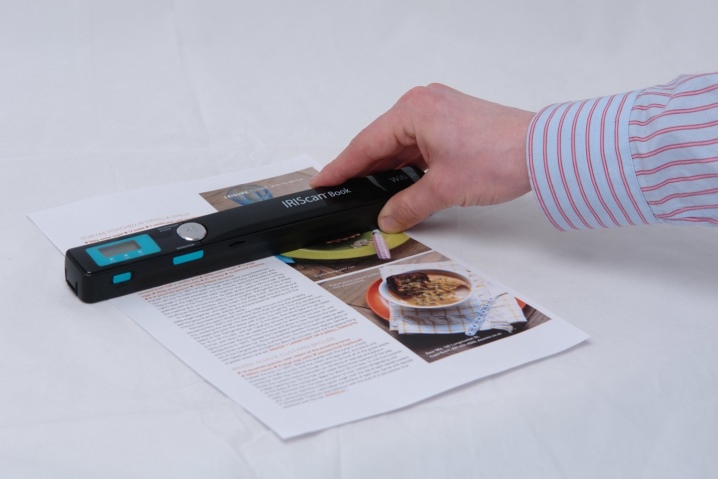
Yes, in dhome conditions it is usually stationary equipment that is used. It is also used (due to its great capabilities and increased performance) in:
- libraries;
- archives;
- offices;
- design bureaus and similar places.
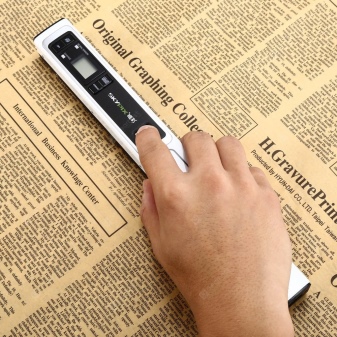
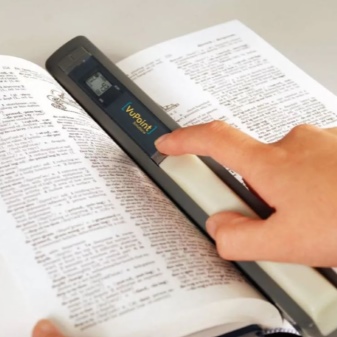
But portable equipment is convenient to take with you. Provided a modern element base, it will not be inferior in functionality to a desktop product. Perhaps the performance will be slightly lower. In addition, there are several situations where the use of a portable scanner is justified:
- on a long journey;
- in hard-to-reach places far from civilization;
- on construction sites and in other places where there is no stable power supply, and it is simply inconvenient, there is nowhere to put a conventional scanner;
- in a library, an archive, where documents are not handed out, scanning is expensive, and devices fail.

Types and their principle of operation
The simplest option is handheld scanner for documents, text and images. This device looks more like some kind of device from the spy arsenal, as such a technique is shown in popular films. The mini-scanner works relatively well, and does not take up much space. Its size does not exceed the dimensions of A4 sheet. It is very convenient for storage and transportation.
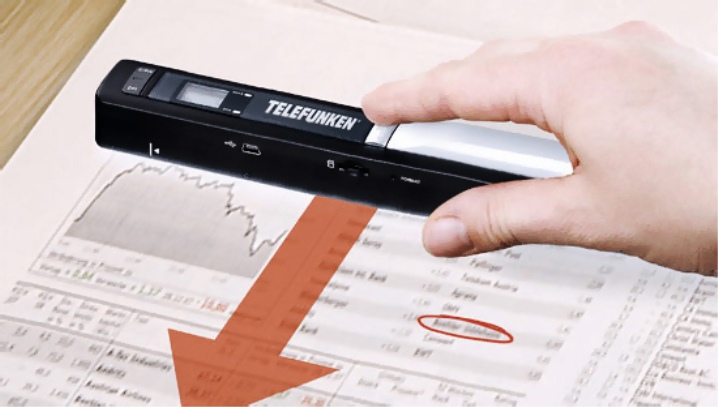
Thanks to battery operation there is no need to be afraid of even a sudden power outage or the need to scan texts where there is no power supply. Form Factor allows you to read information from thick documents and even use a similar scanning device for large format books. It will, of course, cope with a magazine file, and with an old photo album, and with voluminous labels or paper letters, synopses, diaries. Usually envisaged inner memorywhich can be expanded with microSD cards. And individual models are even capable of recognizing texts.
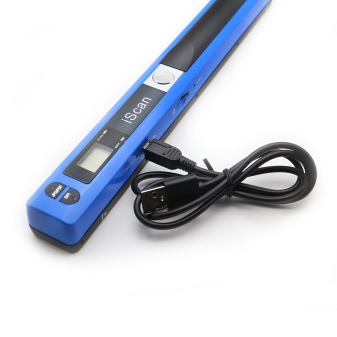
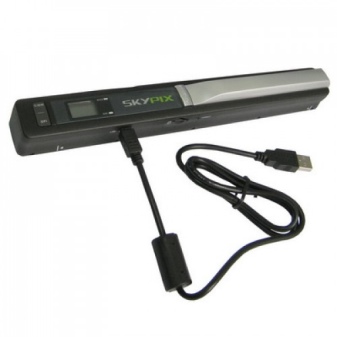
Scanned material can be transferred wirelessly via Wi-Fi or a standard USB cable. It will be quite easy to transfer it both to a computer and to other electronic devices.
But mini-scanners also have clear drawbacks.... It is very difficult to use them. The technology is very "thin", it requires accuracy and care. Practice shows that the slightest tremor of the hand, involuntary movement immediately smears the picture. And scanning is not always successful from the first run. The most common problem is text, where light areas alternate with dark areas. The selection of the correct sheet passage speed will have to be done individually each time. No previous experience will help here.
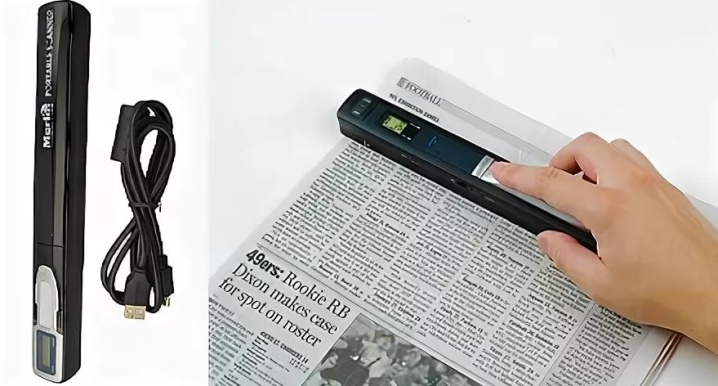
Alternative - compact pulling scanner... It is a miniature copy of a full-size scanning device. The value is slightly larger than that of manual models. Therefore, you can not be afraid that it is difficult to store such a device in a desk drawer or carry it on a train. To scan the text, you just need to put the sheet with it in the hole and press the button; sophisticated automation will do whatever is required.
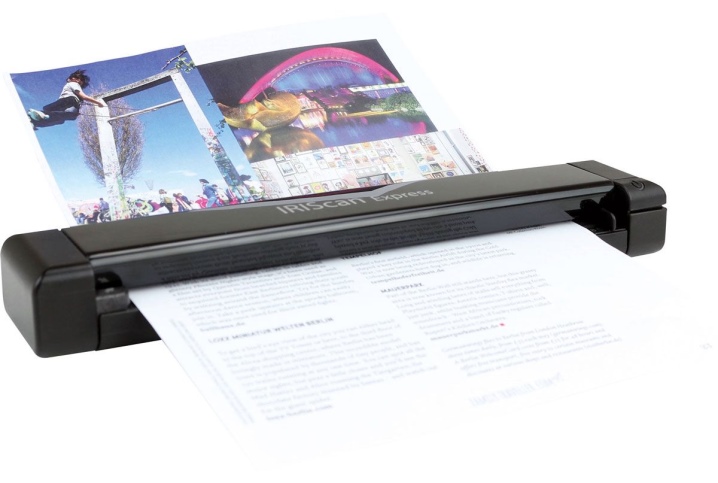
For power supply in broaching scanners are used as own batteries, and connection to a laptop via USB. The use of Wi-Fi modules can also be practiced. A broaching scanner usually supports a much wider range of file formats than a handbrake. It will be convenient to scan:
- notebook sheets separately;
- stamps;
- envelopes;
- checks;
- loose-leaf documents and texts;
- plastic cards.
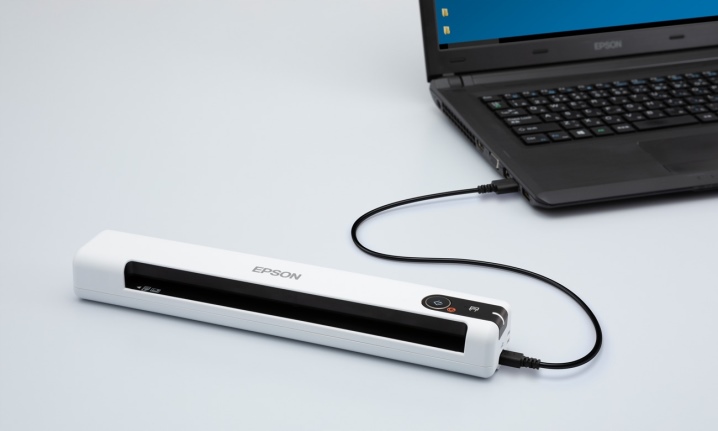
However, the inability to scan anything other than individual sheets is very depressing at times. To make an electronic copy of a passport, magazine or book spread, you will again have to look for alternative ways. The choice between these options depends on what you will be scanning in most cases. You will also have to take into account that both portable and handheld scanners have absolutely low optical resolution. Working with film is not an option for them.
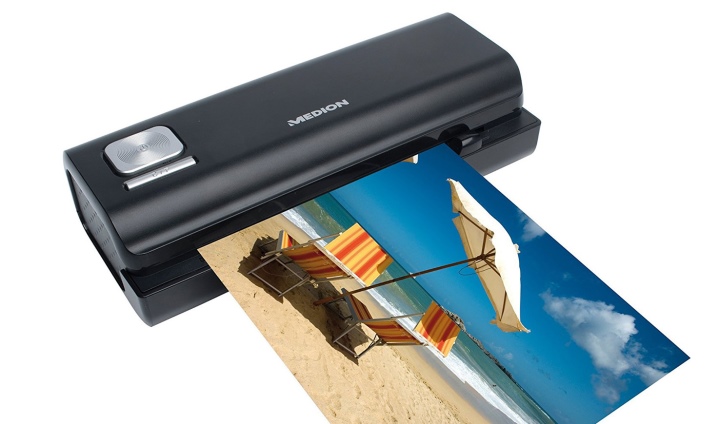
The general principle of image capture is the same in all desktop and portable devices. A stream of light is directed onto the surface to be treated. Reflected rays are picked up by optical elements inside the scanner. They convert the light into an electrical impulse that shows the geometry and color of the original in a special way. Further, special programs (installed on the computer or on the scanner itself) recognize the image, display the image on the monitor or in a file.
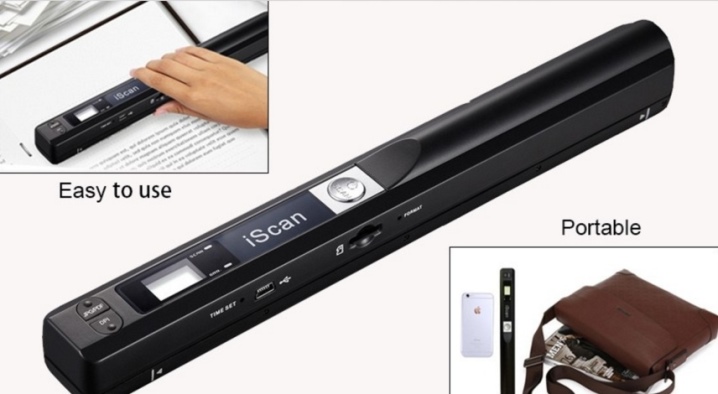
We should also mention the so-called mobile scanners. These are not separate devices, but special programs installed on smartphones. The most popular in this segment are:
- FasterScan;
- TurboScan Pro;
- CamScanner;
- Genius Scan (of course, all these programs are distributed on a paid basis, except for the basic version of FasterScan with reduced functionality).
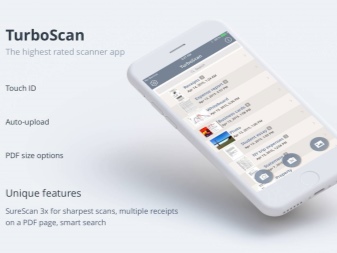
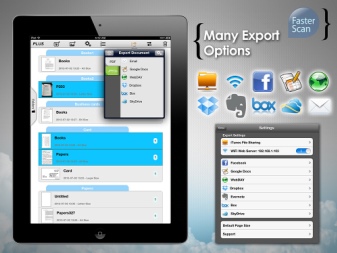
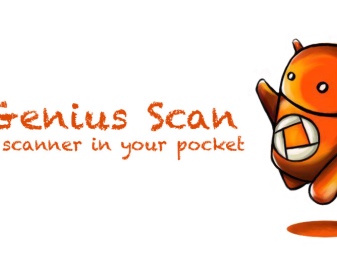
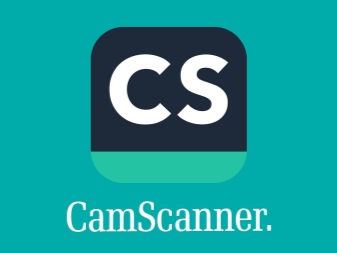
Manufacturers
Consider several options for technical portable scanners... Among them, the model stands out Zebra Symbol LS2208... This device is ergonomic and can be used for a long time without unnecessary fatigue. Industrial-grade scanning allows you to accurately collect information from barcodes. When creating the device, the main efforts were aimed at increasing its reliability to adverse environmental conditions, at increasing its wear resistance.
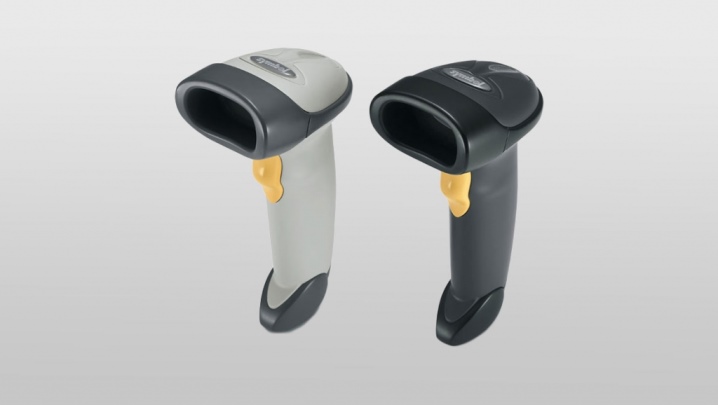
It is also worth noting:
- a wide range of interfaces that can be used for connection;
- the presence of both a manual mode and a "free hand" mode;
- fully automatic configuration;
- improved data formatting;
- a variety of information display methods.
The technical mobile scanner Avision MiWand 2 Wi-Fi White can be a pleasant alternative. The device works with A4 sheets, the resolution is 600 dpi. Used to output information to a liquid crystal display with a diagonal of 1.8 inches.
Each A4 sheet is scanned within 0.6 seconds. Connection to a PC is provided via USB 2.0 or Wi-Fi.
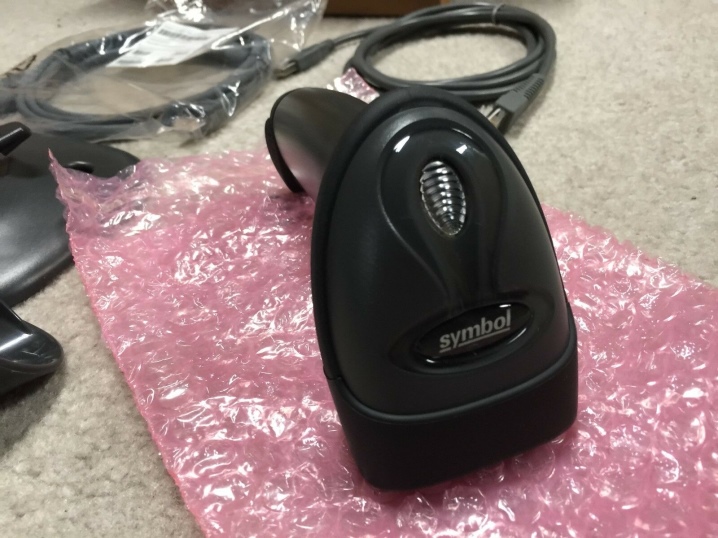
Another device - this time from the company Epson - WorkForce DS-30. The scanner weighs 325 g, and the designers have provided ready-made commands for typical scanning options. Advanced software provided by the manufacturer is available to users. You can scan an A4 document in 13 seconds. The device is declared as a faithful assistant for sales representatives and other people who are constantly on the move.
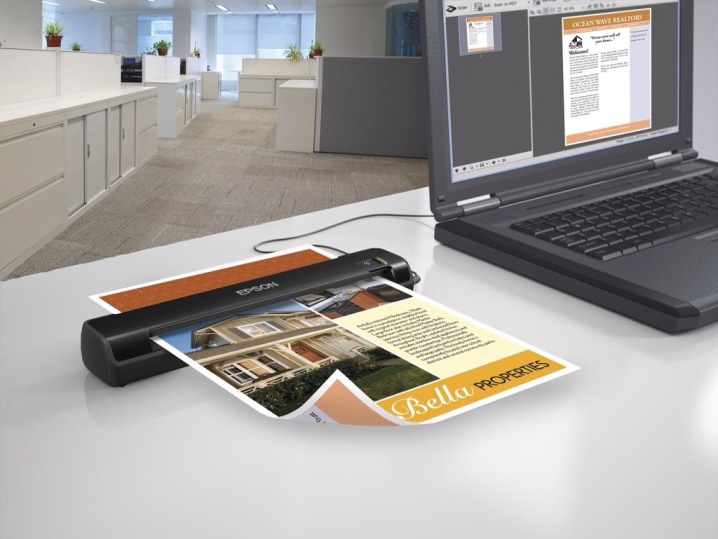
Criterias of choice
Flatbed scanners allow you to digitize both individual documents and books... They confidently handle photographs and plastic cards. But this technique is suitable for a small amount of work.Slot scanners that skip sheets in turn allow you to process much more documents in a short time. Manual modifications will appeal to those who appreciate compactness, but they can only cope with A4 format or less, and besides, errors in work are too great.
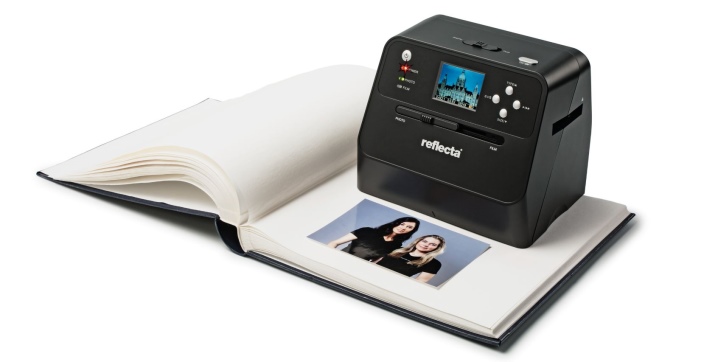
Performance must be tailored strictly to your needs. If you plan to scan complex materials frequently, you will have to choose specialized devices.
Important: scanners based on fluorescent lamps are not suitable for active travel.
Devices based on the CCD protocol are distinguished by their accuracy, the ability to work out photographs well. CIS-based models run faster and consume less current.
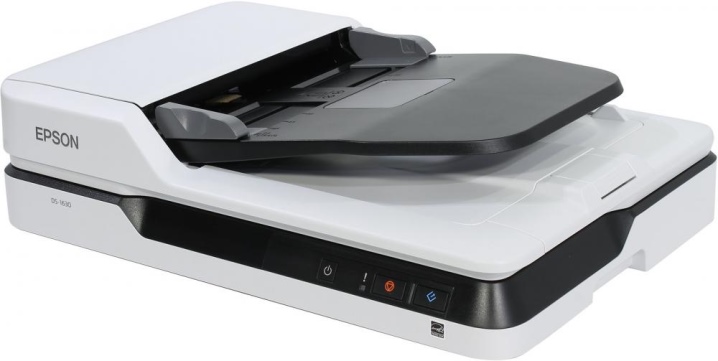
How to use?
On scanners with a feed mechanism long sheets of paper can be scanned. But in any case, the portable device must either be charged or connected via the USB protocol. At the first start, you must select a language and set other basic settings. White balance calibration is performed using a blank sheet of paper. To reliably pair your device with your computer, you will have to use the programs that came with it.
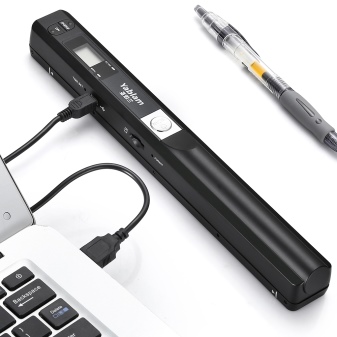
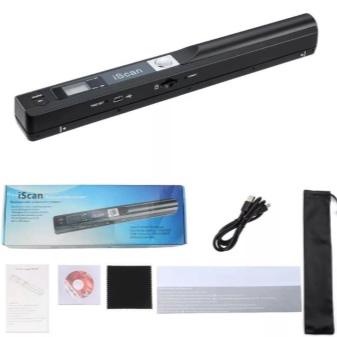
Hand-held scanners it is necessary to move evenly, without acceleration and deceleration, and strictly along a straight path. Removing the head from the sheet irreversibly degrades the image. Indicators are often used to indicate incorrect scanning progress. Of course, the scanner must not be dropped or moistened.
And one more tip - read the instructions before using the device and in case of any difficulties.
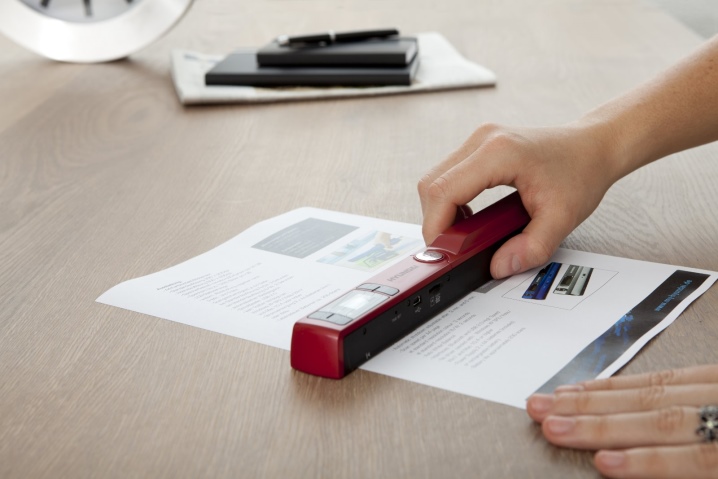
See the following video on how to choose the right portable scanner.













The comment was sent successfully.